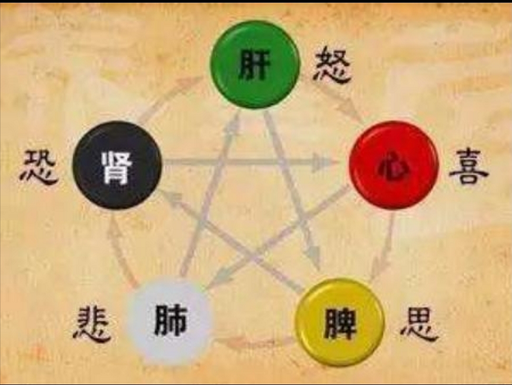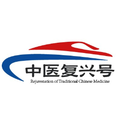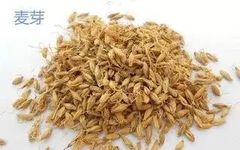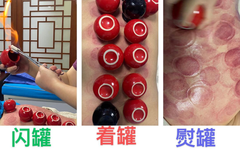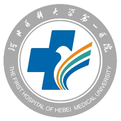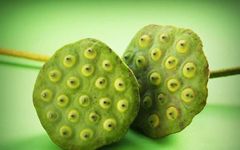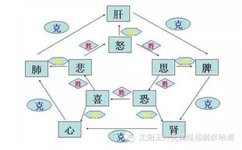The Impact of Emotional Imbalance on the Body
The Impact of Emotional Imbalance on the Body Human psychological activities, referred to in Traditional Chinese Medicine (TCM) as qíngzhì (情志), or emotions, are the body’s instinctive comprehensive reflection when interacting with and understanding objective things. Proper psychological health care is a crucial aspect of human health, holding significant value throughout life, and has been … Read more

